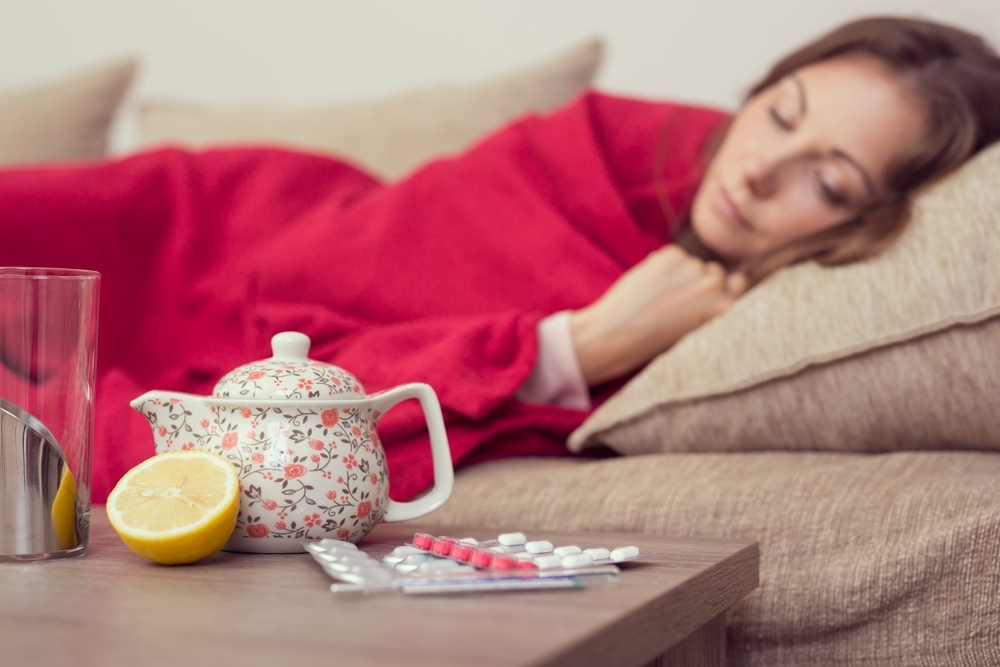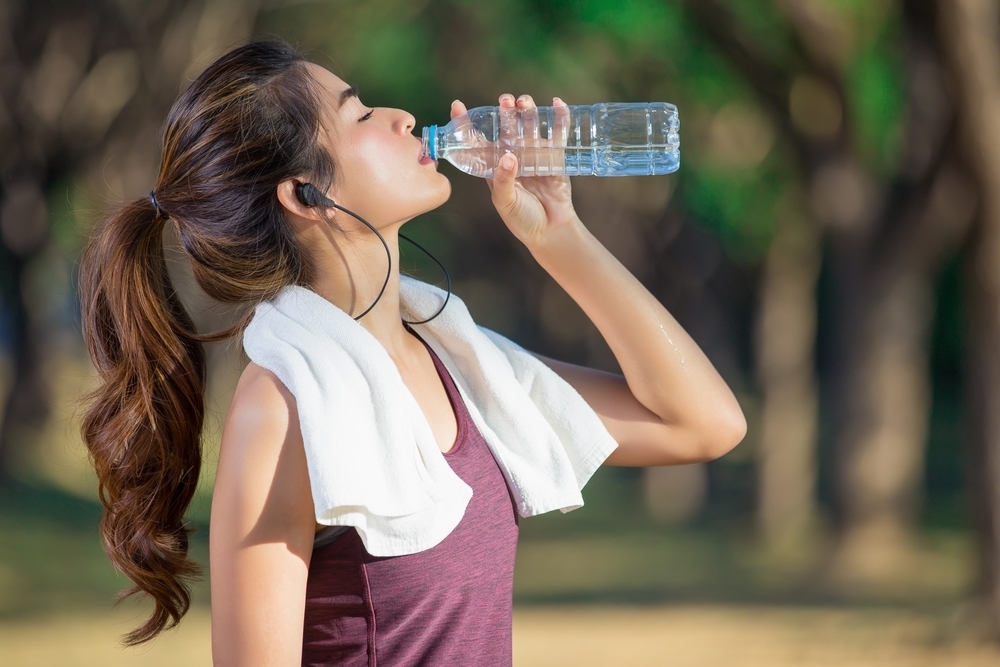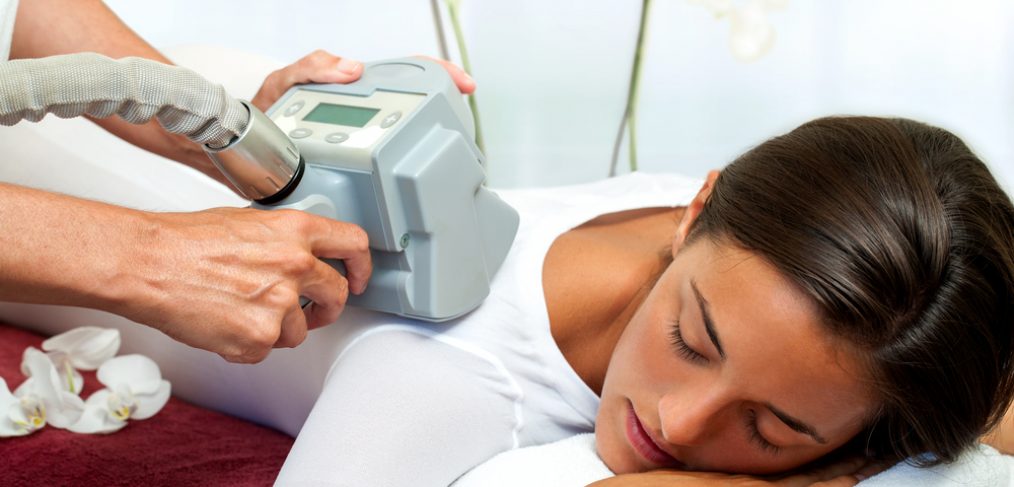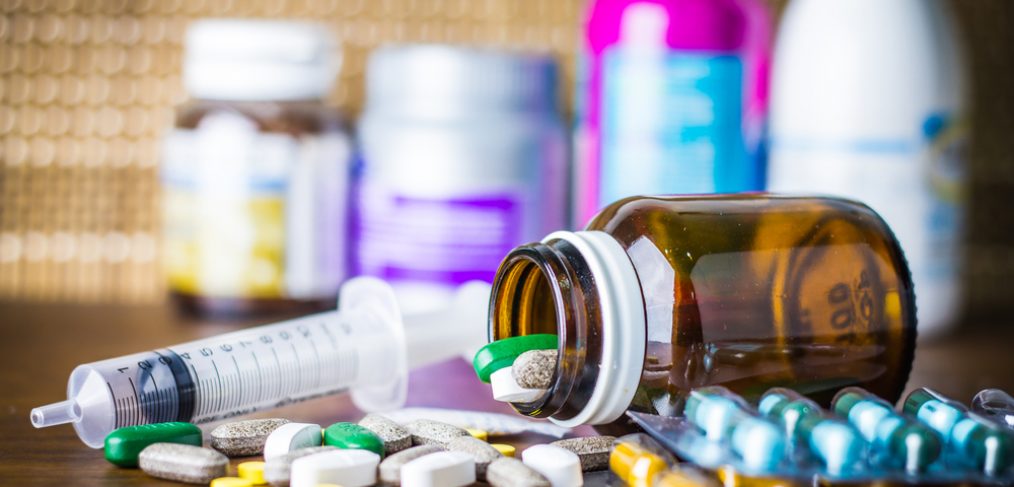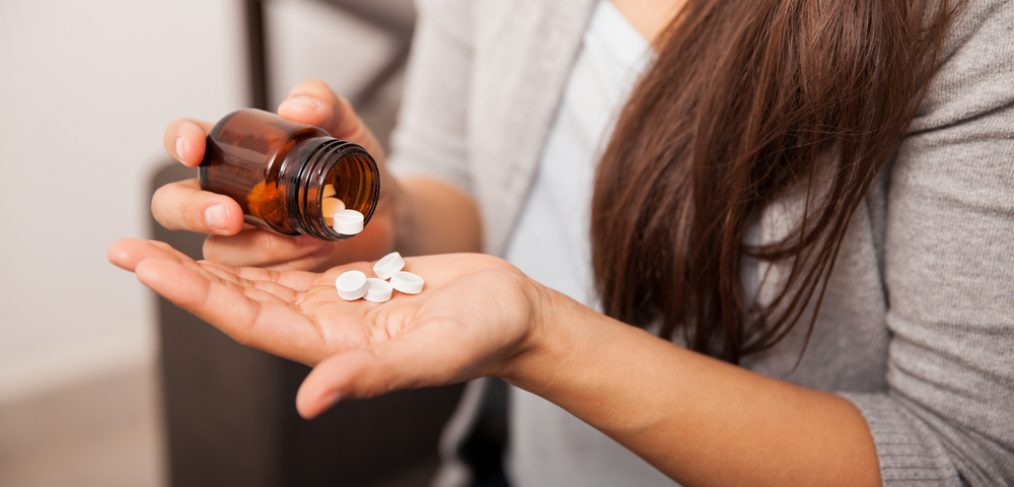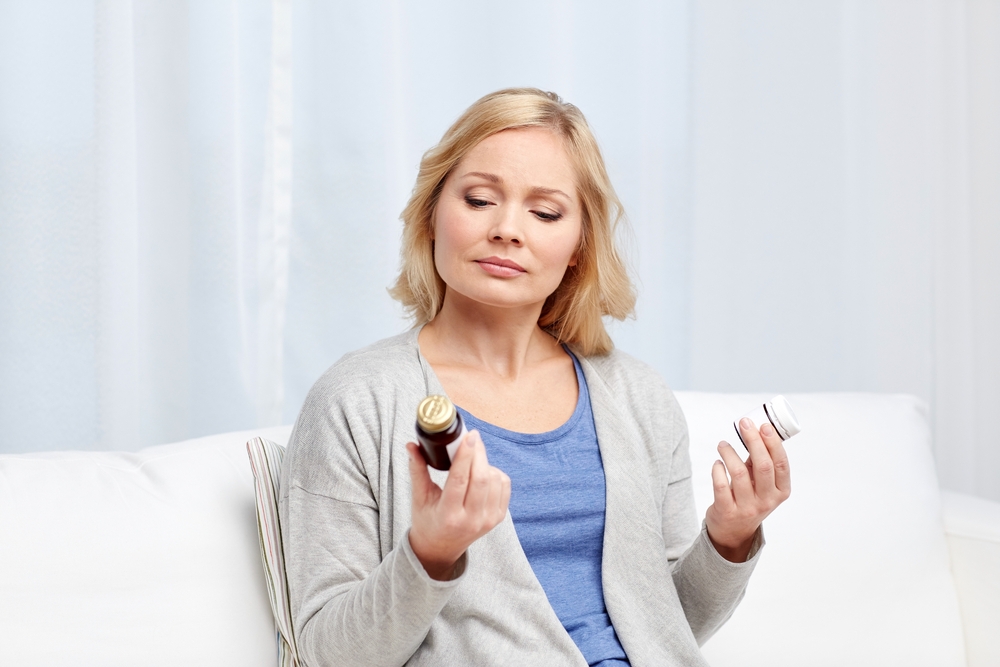The name may sound harmless enough, but make no mistake about it, the Gypsy moth caterpillar is one bad mother of a moth. Brought to America with the intent of interbreeding them with silkworms to develop a silk worn industry, the fuzzy monsters broke out of their shelters and began swarming the houses and sidewalks of Medford, Massachusetts, raining down on unsuspecting residents, bringing one of the largest impacts in the defoliation of deciduous trees in the Northern Hemisphere. And now, according to science, you may be their next target.
The Breakout
Every year when the weather warms up, we expect bugs to come out, but this year the gypsy moths are causing some serious trouble. According to recent reports in Massachusetts, these pests have been responsible for the appearance of white or red bumps on the skin, similar to poison ivy.
The Warning
As of the last week of April, gypsy moth eggs have begun to hatch. This means the larval “instars, ” or stages of the caterpillar are “ballooning” from trees and the wind is bringing then to multiple locations.
Be warned, though, this stage will not last long. in a few weeks, the older caterpillars will settle into trees to feed, making their way up and down the tree, eventually deforesting it.
There is a natural fungus with a long lasting spree at the bottom go the tree. However, the fungus needs rain to germinate, infect, and kill the caterpillars, and, because of the drought, there has not been enough rain for the fungus to germinate. But, not to worry, this is only temporary. Odds are that nature will eventually catch up and the issue will resolve itself.
Exposure
Gypsy moth larvae don’t bits. However, they have two types of hair that they use to defend themselves and these can create a stinging sensation. Reactions to this range anywhere from a mild to severe itching along with a rash similar to dermatitis. The symptoms usually appear 8-12 hours after contact and become more noticeable 1-2 days later. Most cases last two weeks. Strong reactions may cause inflamed nasal passages, eye irritation, and shortness of breath.
What You Can Do
There are no state programs to provide for spraying of the moths, so it is recommended that people with sensitivities avoid exposure. With rain in the forecast, it is likely that resting spores of gypsy moth fungus will begin to germinate, providing natural control this year. If you do notice health problems or have general medical concerns related to contact with the gypsy moth, it is recommended that you check with your primary health provider. According to Boston dermatologist Abigail Walden, “You can take an antihistamine for the itching, or for severe cases, you can get a topical steroid from your doctor.”
Have you been in contact with the gypsy moth this year? What bugs are bugging you out? Let us know!









